Bark Cloth of Uganda – A Cultural heritage
During a visit to the Royal Palace of the Buganda King in Kampala, Uganda, I found an artisan selling local themed paintings in the Souvenir shop. On a closer scrutiny, I realised that the painting was made on some sort of a thin, soft cloth material.
On enquiry, the artist proudly mentioned that the cloth was traditional, used by the Royals and was symbolic of Ugandan pride. His eyes shining brightly, he informed me that the cloth is now being used in luxury products and even in luxury cars in Germany.
On a further investigation on the net, I was pleasantly surprised to discover that UNESCO has inscribed the Bark Cloth making tradition as an ‘intangible cultural heritage’! The Bark cloth of Uganda is the traditional dressing material of the Bugandan people. Through the ages, this Bark cloth has turned from a staple material to a symbol of tradition and culture heritage – a symbol of patriotism and of rebellion against colonial masters.
What is Bark Cloth?
Bark cloth making is an ancient craft of the Baganda people who live in the Buganda kingdom in southern Uganda. The Bark cloth is made from the inner bark of the Mutuba tree (Ficus natalensis). Then, in a long and strenuous process, the cloth is beaten by different types of wooden mallets. This gives it a soft and fine texture and an even terracotta colour.
Common barkcloth is terracotta in colour, but the barkcloth of kings and chiefs is dyed white or black. The Royals also wear it in a different style to underline their status. As a cultural artefact, the cloth is mainly worn at coronation and healing ceremonies, funerals and cultural gatherings. Additionally, Bark cloth is use to make daily use products like curtains, mosquito screens, bedding and storage.
In her doctoral thesis on the Ugandan Bark Cloth tradition, Ms Venny M Nakazibwe says
Quote: “In the kingdom of Buganda, Bark cloth provided for the sartorial needs of the Baganda and was initially a marker of social hierarchies. It was used to bridge and cement social relations. During marriages; and as a shroud, it served as a connecting thread between the past and present generations”
Relevance of the Bark Cloth today
The Bark Cloth is no longer a material for day to day clothing since the introduction of cotton. But it continues to be used in cultural ceremonies like marriages, funerals etc. More importantly, the cloth has transformed into a symbol of cultural and national pride and a political statement – especially amongst the Bugandan people.
Initially, it was suppressed as a ‘native’ tradition by the missionaries and colonial rulers. However, during the independence movement, the Bark cloth turned into a symbol of protest against colonial administration and a sign of allegiance to the Buganda monarchy.
e.g. On gaining independence from Britain, Kabaka Muteesa (the Buganda King) had returned to Uganda from exile (sent by the British rulers). To welcome him, pavilions covered with bark-cloth were erected along the way from Entebbe airport to the Royal Palace. Many people sported garments made out of bark-cloth, holding banners (also made out of bark-cloth) inscribed with welcome messages to their King. In this case, bark-cloth was used as a sign of victory of the Baganda over the British colonial administrators.
The bark cloth began as a humble piece of cloth going on to become the exclusive dressing of the Royals. The tradition has survived suppression by religion, colonialism and multiple wars and has now become the symbol of indigenous cultural pride.
The Bark Cloth Transforms
Today, the Bark cloth has transcended into haute couture in fashion and is used in exclusive luxury products! Read this interesting article in the National Geographic:
As a memory of my amazing trip to Uganda, the Bark Cloth painting now has a proud place in my house.
Some pictures of Bark Cloth use in modern products:
Pics from www.barktex.com
I visited the Royal Palace in Kampala on a Boda Boda City tour of Kampala on a motorbike! Read more on:
Sources:
A detailed note: Doctoral thesis of Ms Venny M. Nakazibwe: https://eprints.mdx.ac.uk/7008/2/Nakazibwe-phd.pdf
UNESCO Intangible Cultural heritage inscription: https://ich.unesco.org/en/RL/barkcloth-making-in-uganda-00139


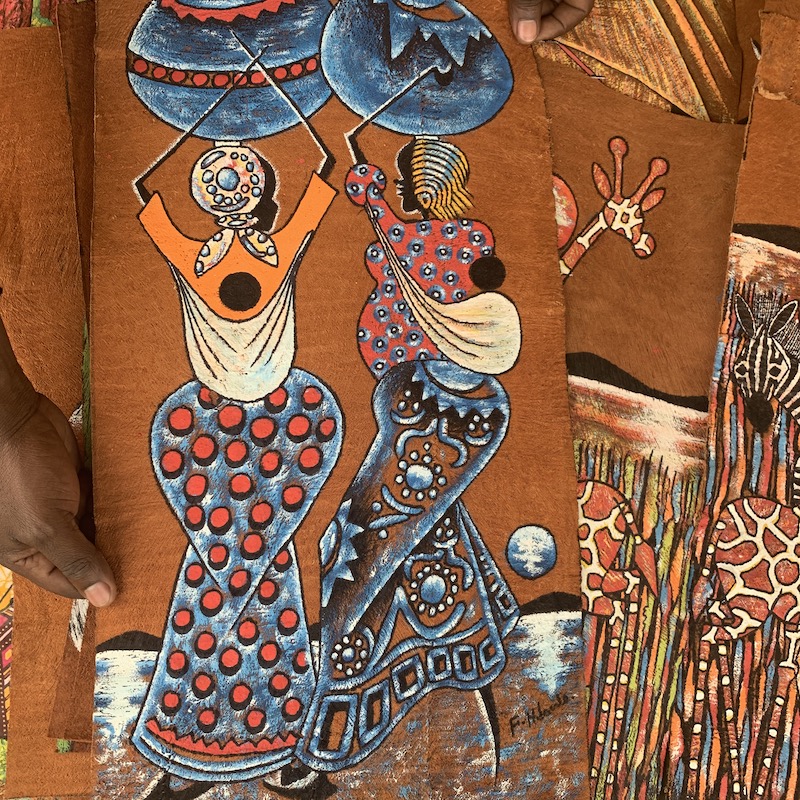
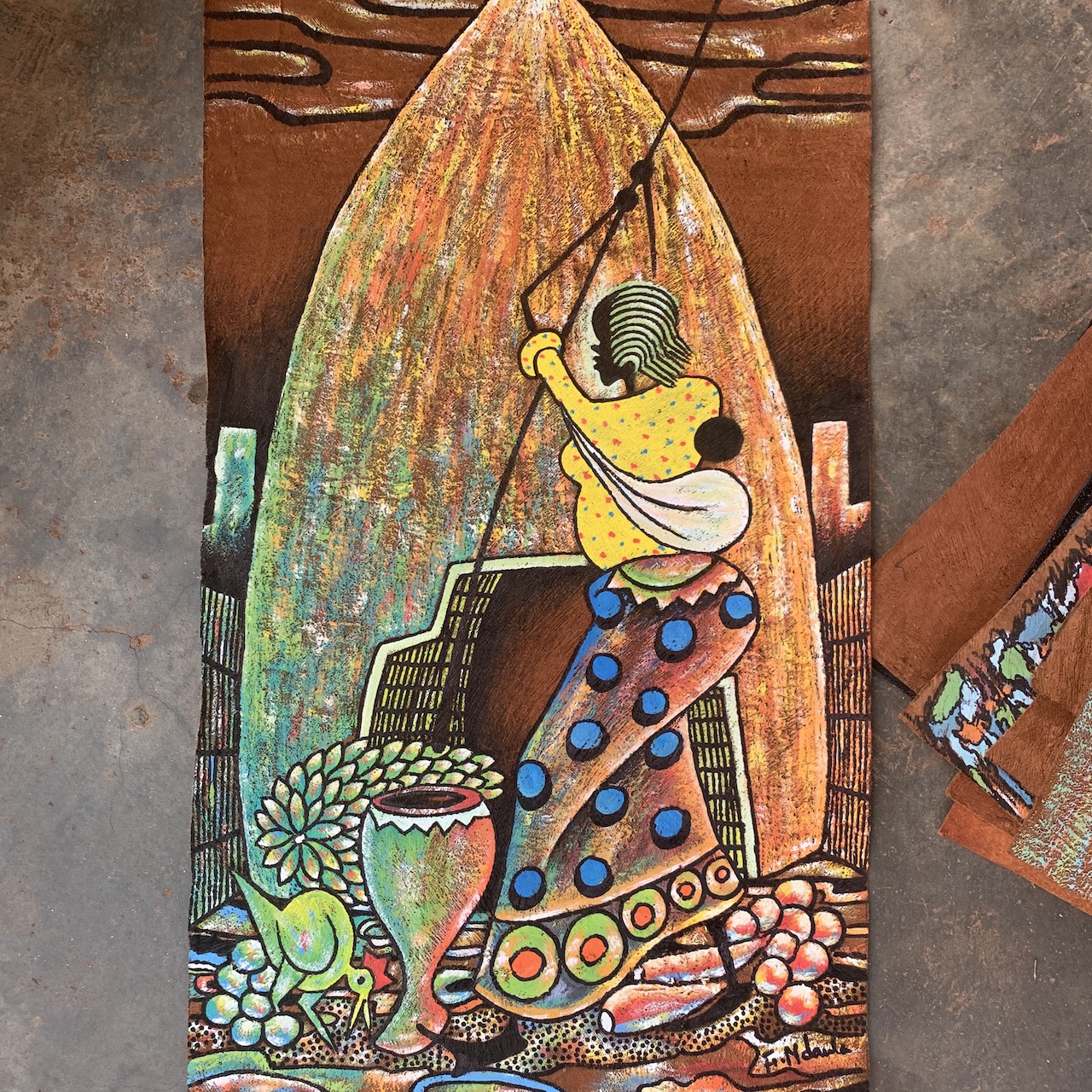
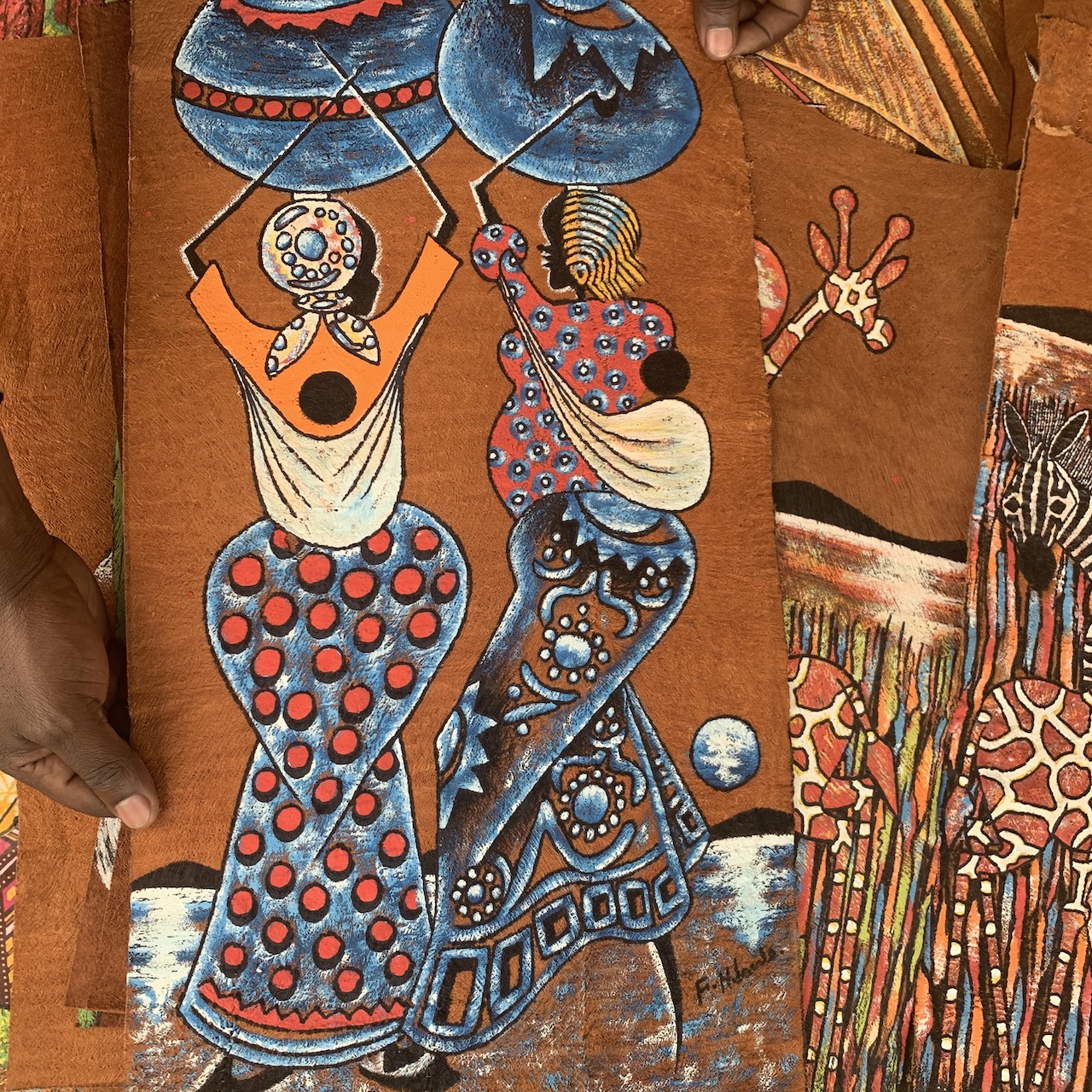
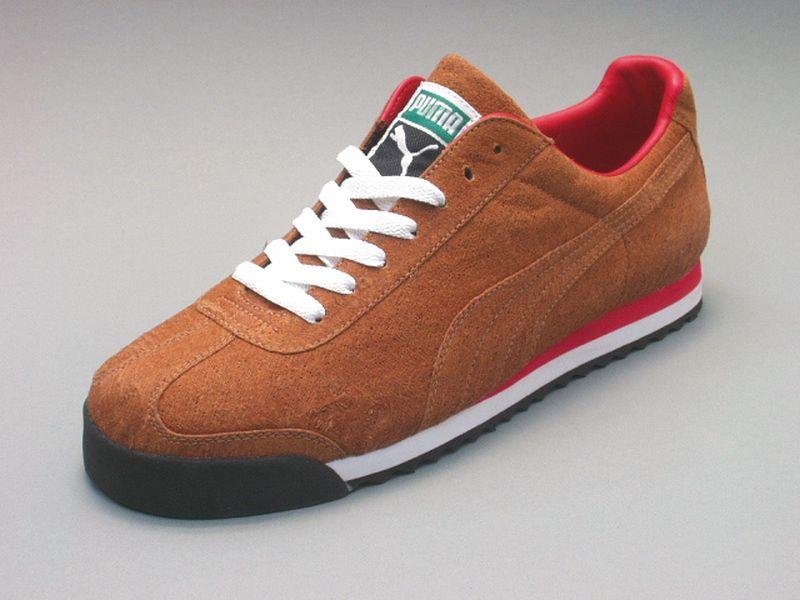


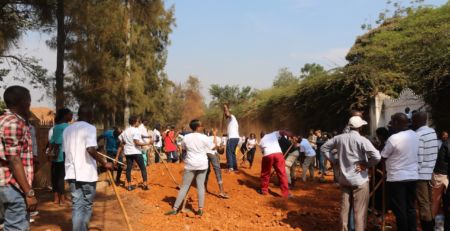

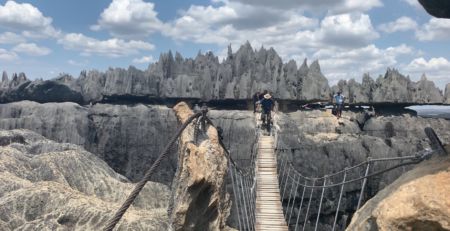



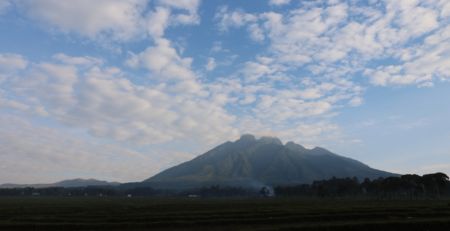
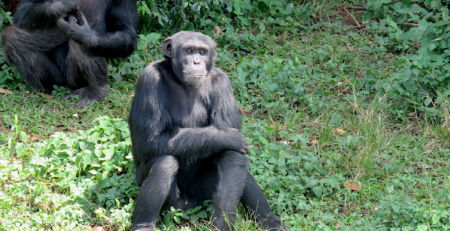
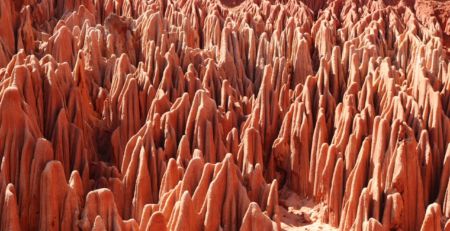

Leave a Reply